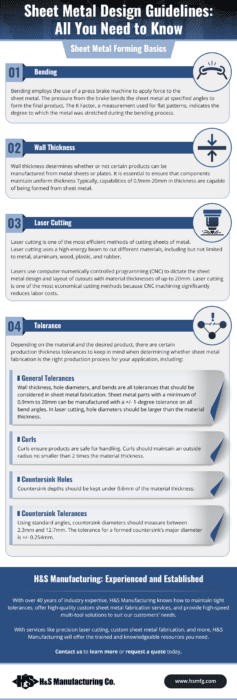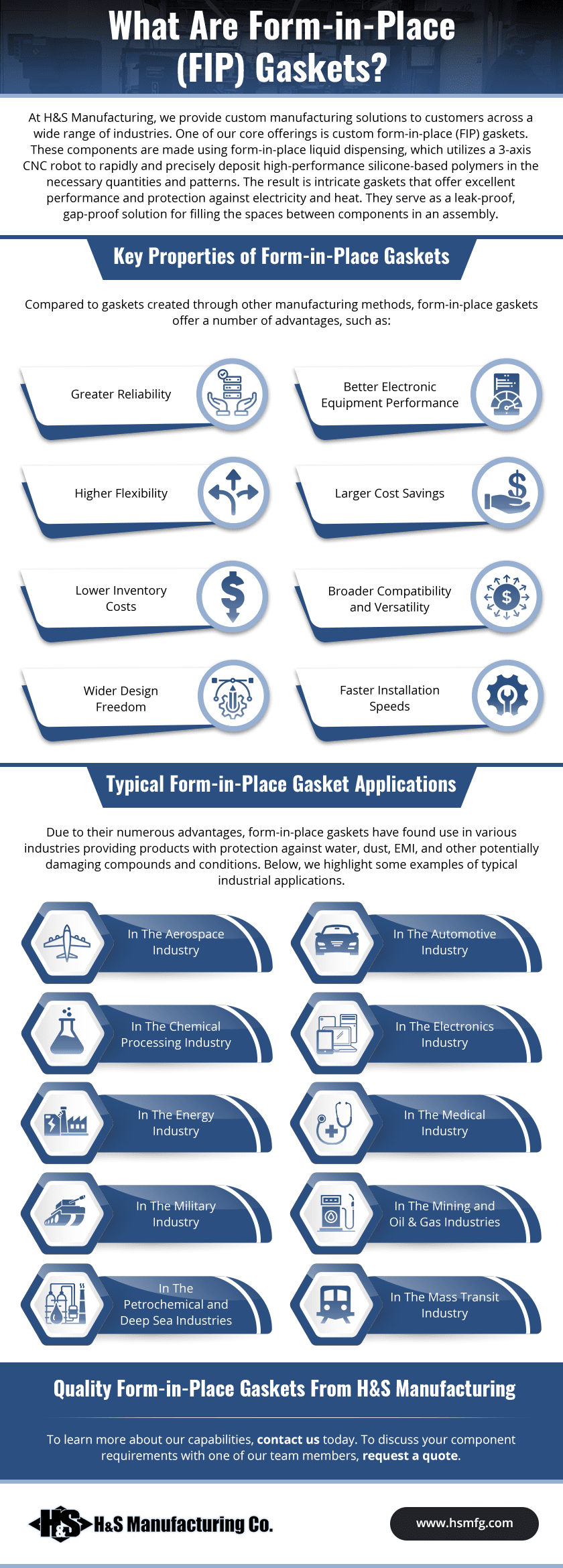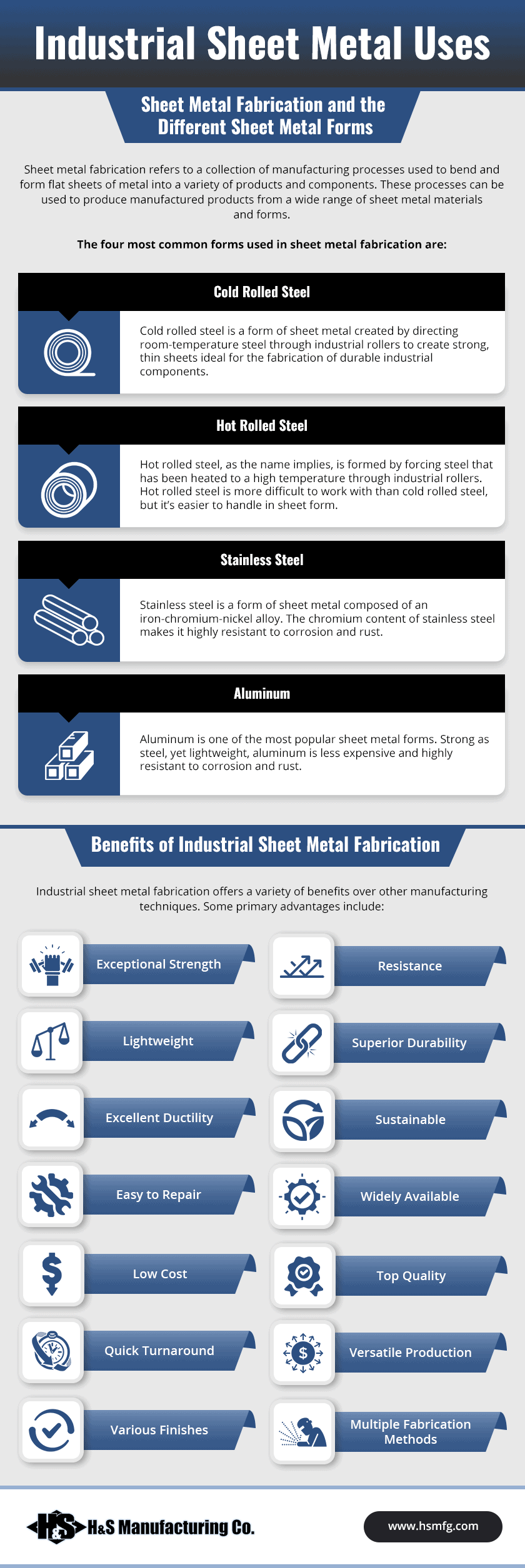Top Reasons to Use Sheet Metal In The Medical Industry
Comments Off on Top Reasons to Use Sheet Metal In The Medical IndustryTop Reasons to Use Sheet Metal In The Medical Industry
At H&S Manufacturing, we deliver superior custom sheet metal fabrication manufacturing for many industries, including the medical industry. We are AS9100D and ISO 9001:2015 certified to ensure optimal quality and compliance with strict medical industry standards. We specialize in everything from prototyping to large volume production, relying on our extruding, notching, graining, precision laser cutting, punching, and shearing expertise. Because of the many benefits of sheet metal fabrication, it is used throughout the medical industry for a wide range of applications.
Benefits of Using Sheet Metal in the Medical Industry
The medical industry depends on custom sheet metal fabrication to create highly specific and precise equipment and tools. H&S Manufacturing’s high precision custom sheet metal fabrication services deliver products that meet the high standards and specifications of the medical industry. Our custom sheet metal fabrication offers several advantages to the medical industry, including:
- Fast Turnaround Time. The medical industry depends on quick yet precise fabrication processes. Our sheet metal fabrication services ensure that hospitals and medical facilities can keep up with the demands of their patients and have consistent access to high-precision tools and equipment.
- High Accuracy and Precision. The medical industry requires precise and accurate surgical tools, supplies, and equipment to perform specialized tasks. Sheet metal fabrication allows us to meet the demands of the medical industry.
- Improved Customization. Sheet metal has higher pliability, bendability, and overall flexibility than other types of metal. Its versatility allows us to create almost any part, tool, or instrument and fabricate components with high specificity.
- Durability. Medical sheet metal has excellent longevity and is durable enough to withstand collisions, extreme temperatures, and various other environmental conditions.
Applications for Sheet Metal in the Medical Industry
At H&S Manufacturing, we deliver high-precision products using our unique sheet metal fabrication process. We meet the demands of the medical industry by providing products for many types of medical devices, equipment, and instruments, including:
- Ultrasound Machines. Diagnostic scanning systems help technicians study and identify internal organs. Sheet metal fabrication can deliver precise and high-quality ultrasound diagnostic devices for patient care.
- Ablation System. Ablation is a minimally invasive therapy that uses extreme cold, heat, or laser energy to destroy tissue abnormalities. Kidney stone and abnormal heartbeat treatments rely on ablation. Stainless steel fabrication delivers the high-precision that is essential to create ablation systems.
- Patient Alignment Systems. Patient alignment systems are used to position radiation beams and lasers for oncology treatments. Sheet metal fabricators must abide by strict guidelines when designing alignment systems for medical use.
- Nuclear Medicine Cabinets. Nuclear medicine cabinets are lead-encased cabinets with a stainless steel body for disposing of hazardous material safely. A circular 4-inch chute allows for convenient disposal by medical staff.
- Control System Solutions. These automated machine products consist of various sensors, switches, and levers. These systems require high precision, durability, and reliability for medical applications, which can be achieved through sheet metal fabrication.
- Image Reconstruction Systems. These systems manipulate data from body scans using mathematical equations. Surgeons rely on the results to visually reconstruct breasts, knees, hearts, and other body parts. High accuracy is essential to calibrate the systems.
- Medical Imaging Equipment. Spectrometry scan equipment, CT scan machines, and PET scan machines rely on sheet metal fabrication to maintain their efficiency and accuracy while meeting strict statistical process control specifications.
Quality Industrial Sheet Metal Fabrication by H&S Manufacturing
Sheet metal fabrication is an excellent manufacturing method for various medical devices and equipment. H&S Manufacturing has been delivering high-precision custom sheet metal fabrication services since 1968. We rely on the leading engineering and manufacturing technology to produce exacting tolerances with complex part designs. Contact us to learn more about our sheet metal fabricator capabilities or request a quote today.

 Email Us
Email Us



